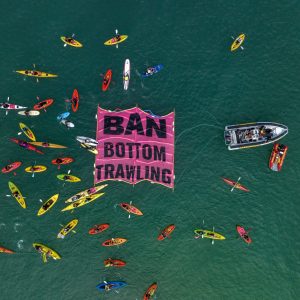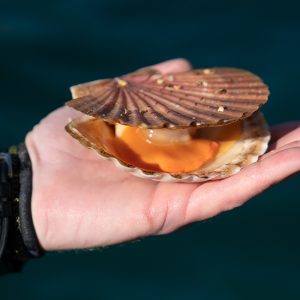As the spotlight turns on fisheries and marine protection issues people are questioning current management practices and seeking solutions. LegaSea has summarised a few snapper FAQs.
Are trawlers allowed in the Hauraki Gulf?
Trawling and Danish seining are banned from the inner Hauraki Gulf, from around the bottom end of Kawau Island across to the western side of Coromandel Peninsula.
How many fish are killed due to fishing?
Mortality rates depend on the method used. Bulk harvesting methods such as trawling and Danish seines have the biggest impact. The mortality rate of undersized snapper caught and discarded by trawlers is over 90%. This could equate to as much as 20% of the snapper catch by weight.
Prior to the 2013 management changes, recreational fishers were estimated to kill between 3.6 to 7.5% of their snapper catch, by weight not numbers.
LegaSea encourages recreational fishers to employ best practice when fishing:
- Quickly chill in ice or slurry any fish kept for eating
- Use circle hooks, large hooks 7/0 or 8/0s, or appendaged hooks designed to prevent gut-hooking
- Move away from areas holding large numbers of small fish
- Release fish in the water, or use wet, cool surfaces when handling fish for release.
- Use the Free Fish Heads service to share unwanted heads and frames.
Why does the Snapper 1 fishery need rebuilding?
Snapper 1 extends from North Cape to the eastern Bay of Plenty. Snapper 1 needs rebuilding because it was seriously depleted by a wave of reckless industrial commercial fishing, encouraged by subsidies and demands for exports. In the 1990s the fishery hit a low point, it is slowly recovering. The recent stock assessment suggests the fishery is about half the level it should be. However, the recovery continues to be thwarted by poor industrial practices that kill excessive numbers of juvenile fish without cost, and a perverted management system that causes fishermen to illegally dump fish to remain profitable.
LegaSea promotes a ban of trawling inside the 100m-depth contour, to increase abundance, to protect sensitive and nursery areas, and prevent small fish being killed, discarded and wasted.
Why don’t recreational fishers land all catch?
A land-all catch policy means that recreational fishers will be required to kill fish that they would otherwise have released alive. This will increase fishing mortality and contradicts the practices used nowadays by people wanting to conserve fish for future generations.
Another outcome is no minimum size limit could apply to recreational catch. Commercial fishers may also expect no minimum size limits to apply to their catch. Imagine the conflicts if there were no commercial minimum size limits for species such as crayfish or kingfish!
Instead of a land-all catch policy LegaSea advocates for equal size limits based on sustainability grounds for recreational and commercial fishing.
For updated tips on fishing smarter visit LegaSea’s FishCare website.





